Wart is a young boy who aspires to be a knight’s squire. On a hunting trip he falls in on Merlin, a powerful but amnesiac wizard who has plans for […]
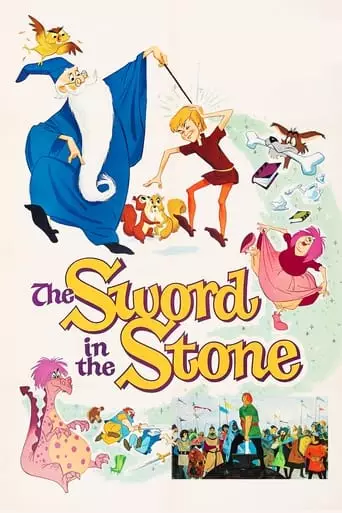
Wart is a young boy who aspires to be a knight’s squire. On a hunting trip he falls in on Merlin, a powerful but amnesiac wizard who has plans for […]
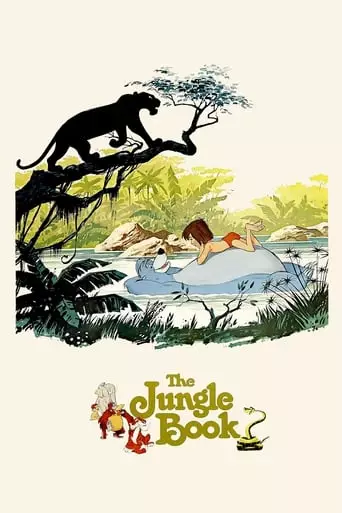
The boy Mowgli makes his way to the man-village with Bagheera, the wise panther. Along the way he meets jazzy King Louie, the hypnotic snake Kaa and the lovable, happy-go-lucky […]
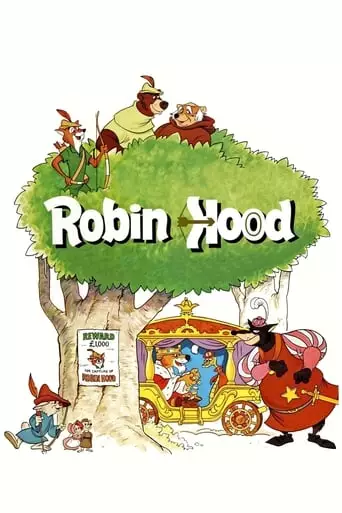
With King Richard off to the Crusades, Prince John and his slithering minion, Sir Hiss, set about taxing Nottingham’s citizens with support from the corrupt sheriff – and staunch opposition […]
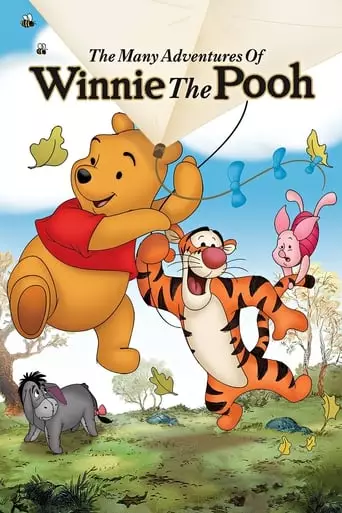
Whether we’re young or forever young at heart, the Hundred Acre Wood calls to that place in each of us that still believes in magic. Join pals Pooh, Piglet, Kanga, […]
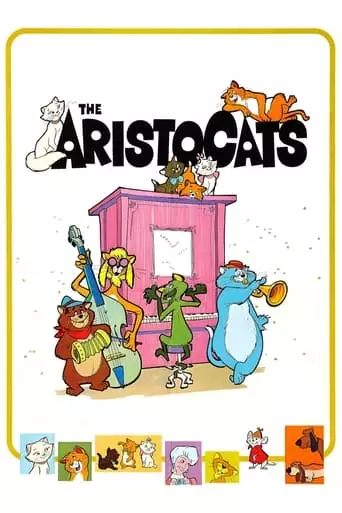
When Madame Adelaide Bonfamille leaves her fortune to Duchess and her children—Bonfamille’s beloved family of cats—the butler plots to steal the money and kidnaps the legatees, leaving them out on […]
Wolfgang Reitherman: A Pioneering Animator and Director at Disney
Wolfgang Reitherman was a prominent figure in the world of animation, best known for his work as a director and animator at Walt Disney Studios. With a career that spanned over four decades, Reitherman played a pivotal role in shaping the classic animated films of the mid-20th century, particularly during the Disney Renaissance of the 1960s and 1970s. His contributions to the animation industry, both as an animator and a director, have left a lasting legacy that continues to influence animators and filmmakers to this day.
Early Life and Entry into Animation
Wolfgang Reitherman was born on June 26, 1909, in Munich, Germany. His family moved to the United States when he was a child, and he grew up in the Pacific Northwest. Reitherman developed an early interest in drawing and animation, which led him to pursue a career in the field. After attending the University of Washington, he moved to California to follow his passion for animation.
In 1935, Reitherman joined Walt Disney Studios as an animator, where he quickly gained recognition for his exceptional skill and creativity. His early work included contributions to animated shorts such as The Old Mill (1937) and The Wise Little Hen (1934), which marked the beginning of his long association with Disney.
Rise to Prominence at Disney
Reitherman’s career at Disney took off in the late 1930s and early 1940s, as he worked on several of the studio’s most iconic films. He was a key figure in the creation of some of Disney’s earliest feature-length animated films, including Snow White and the Seven Dwarfs (1937), Pinocchio (1940), and Fantasia (1940). These films were groundbreaking in their use of animation and storytelling, and Reitherman’s contributions as an animator helped to establish Disney as the leader in the animation industry.
During World War II, Reitherman worked on a number of wartime propaganda films, but his major breakthrough as a director came in the 1950s. By then, he had become a leading figure in the Disney animation department, and his skills as both an animator and storyteller began to shine through in his directorial work.
Directorial Success and the Golden Age of Disney
Reitherman’s directorial debut came with the 1959 film Sleeping Beauty, a lavish and visually stunning adaptation of the classic fairy tale. The film was a significant departure from Disney’s previous animated works, with its striking visual style inspired by medieval art and its more dramatic tone. Reitherman’s direction helped elevate the film’s grandeur, making it one of Disney’s most visually distinctive films.
Following Sleeping Beauty, Reitherman continued to direct several of Disney’s most beloved animated films, many of which became staples of the studio’s legacy. His work during this period helped define the studio’s animation style and solidified his reputation as one of the leading directors in the field.
One Hundred and One Dalmatians (1961): One of Reitherman’s most notable achievements came with the direction of One Hundred and One Dalmatians, a film that introduced a more streamlined animation style compared to the detailed, hand-drawn artwork of earlier Disney films. The film’s use of Xerox technology allowed for quicker production and more fluid animation, and it became one of Disney’s most successful films of the early 1960s. Reitherman’s ability to balance the film’s lighthearted moments with its darker themes, particularly the villainous character of Cruella de Vil, was key to its success.
The Jungle Book (1967): Reitherman’s direction of The Jungle Book marked another major milestone in his career. The film, based on Rudyard Kipling’s stories, was a departure from the more traditional fairy tales that Disney had previously adapted. The Jungle Book was notable for its vibrant characters, memorable music, and its more relaxed, comedic tone. The film became one of Disney’s most popular animated features and remains a beloved classic to this day.
The Aristocats (1970): Reitherman continued his success with The Aristocats, a charming story about a family of aristocratic cats in Paris. The film was one of Disney’s last major animated releases before the studio faced a period of financial difficulty, but it remains a fan favorite due to its engaging characters, catchy songs, and whimsical animation.
Leadership in the Disney Animation Studio
In addition to his work as a director, Reitherman played a key role in the leadership of Disney’s animation department. In the 1960s, after the passing of Walt Disney, Reitherman became one of the studio’s most important figures, helping to guide the direction of Disney animation during a transitional period.
Reitherman’s leadership was instrumental in the production of several successful films during this time, and his influence can be seen in the development of the studio’s animation techniques and storytelling methods. He was known for his hands-on approach to directing and his ability to collaborate with animators, voice actors, and other members of the production team to bring his vision to life.
Later Work and Legacy
As the 1970s progressed, Reitherman’s role at Disney began to evolve. While he continued to direct films, his focus shifted toward producing and overseeing the work of younger animators. In 1977, he directed The Rescuers, another successful film that became a staple of Disney’s catalog. His influence continued to be felt in the studio’s work as the animation industry began to change, with new technologies and storytelling techniques emerging.
Reitherman retired from Disney in the late 1970s, but his legacy as one of the most important directors in the history of animation remained intact. His contributions to the Disney studio helped shape the golden age of animation, and his films continue to be beloved by audiences of all ages.
Conclusion
Wolfgang Reitherman’s career at Disney was marked by his ability to create timeless animated films that combined strong storytelling, memorable characters, and innovative animation techniques. His work on classics such as One Hundred and One Dalmatians, The Jungle Book, and The Aristocats helped define the Disney animation style and established him as one of the leading figures in the industry.
Reitherman’s influence on animation extends far beyond his directorial work. As a mentor and leader within Disney, he helped shape the careers of many animators who would go on to create their own iconic films. His legacy continues to inspire animators and filmmakers, and his contributions to the world of animation remain a significant part of Disney’s rich history.